You'd think that if there's one event Americans can share, it's election night.
Maybe once upon a time.
For a critical mass of the electorate watching votes being tallied, Tuesday evening marked the first election night in history where social media went from the sideshow to the main event.
As a result, there wasn't one election night. Thanks to personalized Facebook feeds and Twitter timelines pumping out a custom stream of content, everyone (with access to a social network) saw a different election playing out.
"Everyone is able to not only consume any unique media digest they want, but also produce any media they want," said James Kotecki, a political correspondent for The Not Safe for Work Corporation, an online magazine, and video blogger for The Daily. "Every single person who was tweeting last night takes the place of traditional pundits. Your friends can be pundits and your friends can be comedians. ... Now everyone has a mini-media company."
Four years ago, Instagram didn't exist, Facebook had barely opened to adults and two-year-old Twitter was just a toddler. On Tuesday, it took just 60 seconds for Twitter users to send half as many tweets as they did during the entire day on Election Day 2008. On Nov. 4, 2008, the day Barack Obama was elected, users posted a total of 1.8 million tweets -- not all concerning politics. This time, Twitter hummed with more than 31 million election-related tweets and saw a one-minute peak during Obama's acceptance speech, when 874,560 tweets were sent in the span of 60 seconds.
In living rooms across the country, the television screen, once the king of the living room, got demoted and transformed into a second-class citizen forced to compete with tablets and smartphone screens that buzzed with blogs, social media sites and YouTube. HuffPost reader Cody Blair was one of many users who wrote on Facebook that he watched the election via his iPhone, iPad, MacBook Pro -- and his TV.
Forget must-see TV: The pundits who people paid attention to were a personal mix of Facebook friends, twitterers, bloggers and vloggers, with experts like Wolf Blitzer just one voice in the din. We were each listening to more voices, but fewer of the same voices.
ShadowMe, an iPhone app that lets users sneak a peek at what appears in another twitterer's feed, offers a glimpse into the distinctive mix of information each individual on Twitter sees. If you were Donald Trump, you would have seen a feed with updates from 23 different accounts, including, not surprisingly, @MittRomney, Fox's @HannityShow and five different Trumps. If you were Cory Booker, you'd have seen tweets from over 61,000 users, from "@sarah_uberman" (according to her profile, a "Nice jewish girl from south jersey. Loves include my pugs, NYGiants, and lipgloss.") to actor @TracyMorgan.
The number of cable TV channels tailored to different audience interests seem downright miniscule when you consider that every social media user has a personalized channel delivering entertainment and news. Unless you follow the same Twitter accounts, Instagram users, Facebook friends that I do, you'll be seeing an entirely different version of events.
Even voting wasn't something we experienced in a single way. People brought their cellphones into polling stations and voting booths to allow others to witness the election. Voters uploaded YouTube videos of faulty voting machines, tweeted about shady polling practices and Instagrammed their ballots.
As Eli Pariser argued in The Filter Bubble, all these customized feeds may be putting us into silos that reinforce -- and narrow -- our beliefs.
"People sometimes talk about social media as a potentially divisive force because it's splitting people into silos where they only get the information they'd like," explained Kotecki. "It's fair to say Twitter has the possibility to open you up to new opinions, but if you were a person who never wants to get those, you could un-follow people who tweet opinions you disagree with."
It's difficult to speculate about the effects of a social media-imposed "filter bubble" because everyone is in one. There's no touchstone of what "one-size-fits-all," perfectly-balanced Twitter, Tumblr or Facebook feed looks like. These sites were set up to let users pick and choose their news.
"If there is a 'filter bubble,' I'm in it myself, so my ability to objectively comment on the impact of that bubble is extremely limited," said Kotecki. "It's like that old philosophical argument: 'is my color red the same as your color red?' I can't experience it through your eyes."
